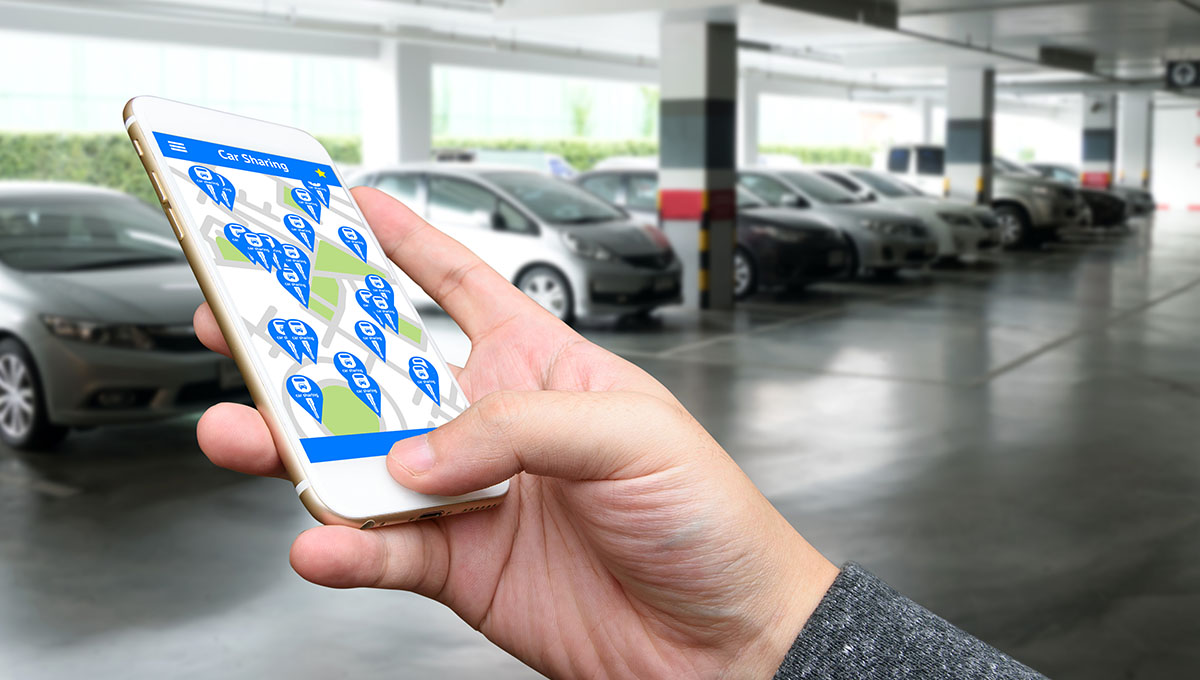Aggregators and Carpooling in India
With rapid urbanisation and new service models being introduced to cater to mobility market, supplemented by need to address environmental challenges, the mobility landscape in India is constantly evolving.
Shared mobility models are gradually picking up, including: (a) ride hailing/ sourcing models whereby the aggregators offer vehicles to passengers for transportation purposes, and the same vehicle is hailed by riders; and (b) ride sharing models whereby the vehicles are shared by multiple passengers, typically termed as ‘carpooling’. The carpooling or ride sharing model has been introduced in the Indian market, both at an aggregator level (such as Uber Pool and Ola Share) and at peer-to-peer level which is akin to private car sharing where drivers can list their cars for sharing rides through platforms (such as sRide, BlaBlaCar).
As per a report by Niti Aayog (which is a public policy think tank of Government of India), India has the potential to reduce vehicle kilometer demand by nearly 35% by increasing occupancy of passenger vehicles, accounting to 2000 billion kilometers in 2035. Therefore, reduction of road congestion and pollution are well recognised advantages of shared mobility. Recognising these advantages of shared mobility models, the Government of India has also been formulating various policy schemes and guidelines to regulate aggregators and carpooling by such aggregators (as detailed in section below).
Please click here to read the full article by Venkatesh Raman Prasad and Sweta Singh, published in LegalOne.












Venkatesh (Venky) is a seasoned corporate lawyer with 25+ years' experience in M&A, private equity, JVs, cross-border deals, and India entry strategies.